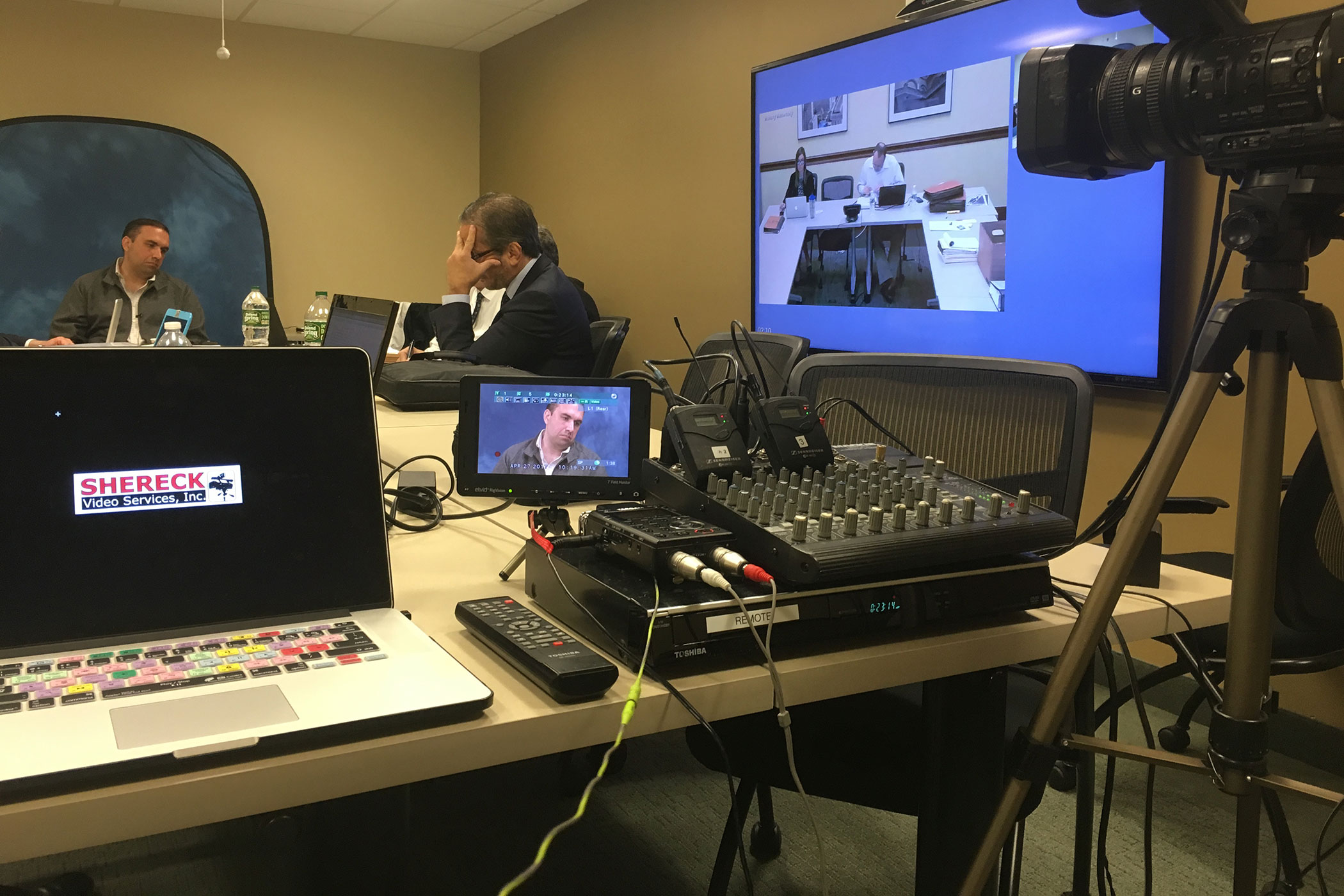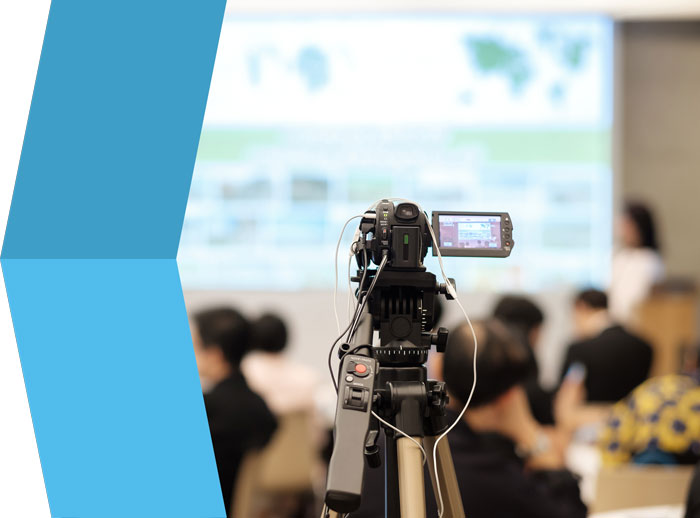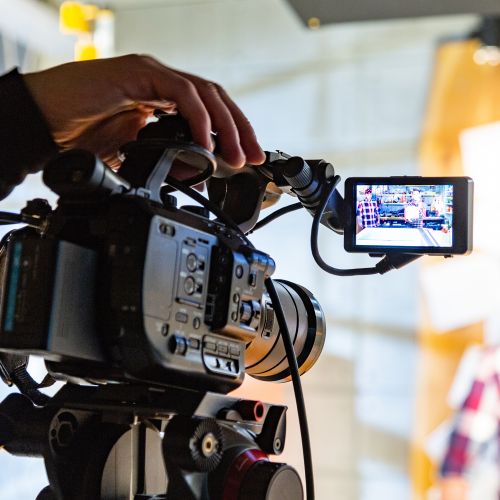Legal Videography: Best Practices for Clear and Convincing Evidence
Exploring the Purpose and Effect of Lawful Videography in the Legal Field
Legal videography has actually come to be an indispensable device in the lawful area, reinventing the means proof is provided and preserved. From catching witness testaments to recording crime scenes, the influence of lawful videography is indisputable. Beyond its surface-level applications lies a deeper expedition of the purpose and implications of incorporating video clip technology into legal process. As we browse with the complex web of regulations and ethical considerations surrounding lawful videography, a more clear image emerges of its prospective to shape the future of the lawful landscape.
History of Lawful Videography
The advancement of legal videography can be traced back to the very early days of court technology integration. As courts began to identify the value of visual proof presentation, the use of videography in lawful proceedings gained grip.
With the development of innovation, the change from analog to electronic video clip tape-recording more changed the area of lawful videography. Digital cams used better recordings, easier editing and enhancing capacities, and improved storage choices. This shift not just enhanced the clearness and precision of aesthetic evidence however also structured the presentation of intricate details in courts.
Today, lawful videography plays a vital role in the legal area, offering lawyers an effective tool for offering evidence, recording testimonies, and producing engaging visual narratives to sustain their instances. The development of legal videography continues to shape the method lawful experts approach lawsuits and campaigning for.
Benefits of Lawful Videography

In addition, lawful videography enables for the preservation of witness statement in a genuine and powerful manner. By capturing the behavior and attitude of witnesses during their statements, lawyers can much better evaluate the trustworthiness of their statements and potentially uncover fallacies or variances. This can be specifically beneficial throughout cross-examination and in presenting evidence to support or shoot down vital arguments in a case.
Moreover, legal videography supplies the advantage of developing a permanent record that can be revisited and evaluated at any kind of time. Attorneys can review video clip footage to determine essential information, plan for upcoming court procedures, or strengthen their approaches for test. This capability to take another look at and dissect aesthetic proof can supply attorneys with a critical advantage in developing a robust situation.
Techniques for Effective Lawful Videography
Integrating effective methods in legal videography is essential for making the most of the influence of visual evidence and reinforcing the reputation of witness testaments in lawful process. One important method is guaranteeing correct lights to catch face expressions and clear photos. Natural light or purposefully positioned fabricated lights can considerably improve the high quality More Bonuses of the video clip. Furthermore, utilizing top quality audio tools is crucial to videotape sound accurately, making sure that all spoken communication is caught clearly. Framework plays a vital role in lawful videography; it is important to frame shots correctly to concentrate on the relevant components while lessening diversions. Smooth camera activities and steady shots are essential to avoid visual disruptions that could diminish the content. Making use of multiple electronic camera angles can give comprehensive insurance coverage of the scene, recording various perspectives concurrently. Ultimately, post-production editing and enhancing should be performed diligently to offer a sleek end product that successfully shares the desired message in a specialist fashion.
Legal Videography in Courtroom Settings

In courtroom setups, legal videographers have to abide by strict guidelines to preserve the honesty of the legal process. They must be very discreet to avoid disrupting procedures while additionally being cautious in recording important information. The video videotaped by legal videographers offers as a useful resource for courts, judges, and lawyers, providing an aesthetic document that can be referenced during case prep work, appeals, or evaluations.

Ethical Factors To Consider in Lawful Videography
Ethics serve as a foundational framework assisting the method of lawful videography, guaranteeing integrity and impartiality in catching and preserving lawful proceedings. One critical official source honest factor to consider is acquiring notified permission from all events involved before tape-recording any kind of lawful proceedings.
Discretion is an additional vital moral factor to consider in legal videography - LEGAL VIDEOGRAPHY. Videographers have to take care of all taped video with the utmost care to safeguard sensitive details and preserve the privacy legal rights of those involved in the legal procedure. Additionally, preserving objectivity and nonpartisanship throughout the recording procedure is essential to prevent predisposition and make certain a precise depiction of the events
Verdict
In conclusion, legal videography has become a vital tool in the lawful field, providing a visual record of occasions and boosting the presentation of evidence in court rooms. By catching scenes, demos, and statements, lawful videographers play a vital duty in making sure a clear and fair lawful procedure. With moral considerations and appropriate strategies, legal videography remains to have a substantial effect on the legal career, shaping the way details is recorded and presented in legal process.
Lawful videography has become a vital device in the lawful field, changing the way evidence is provided and protected.Including reliable techniques in legal videography is essential for making best use of the impact of visual evidence and reinforcing the reputation of witness testaments in lawful proceedings.Ethics offer as a foundational framework assisting the method of lawful videography, making sure honesty and impartiality in recording and maintaining lawful process.In verdict, legal videography has ended up being a necessary device in the lawful field, supplying a visual document of occasions and boosting the discussion of proof in courts. With appropriate methods and honest read the full info here considerations, legal videography proceeds to have a considerable effect on the legal profession, forming the means info is caught and offered in lawful procedures.